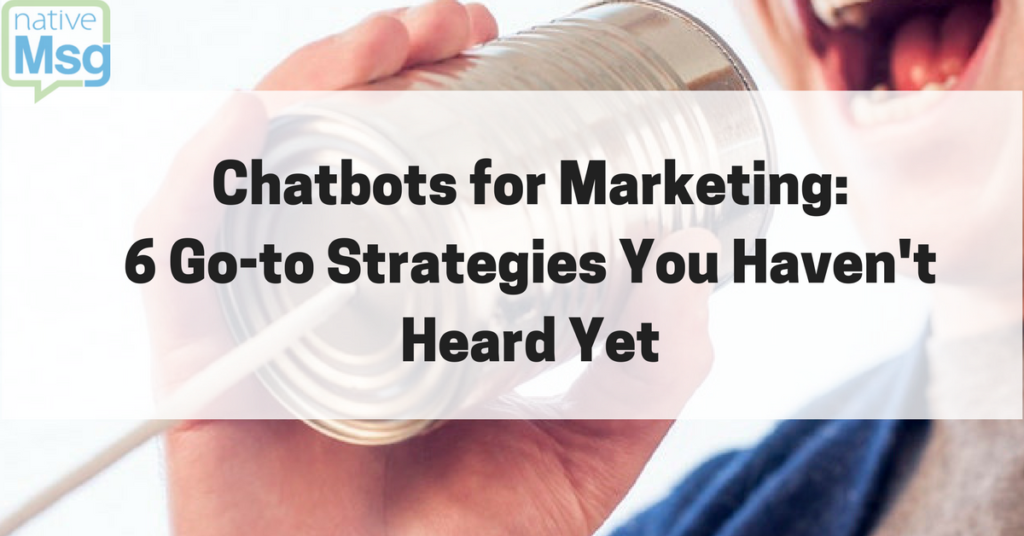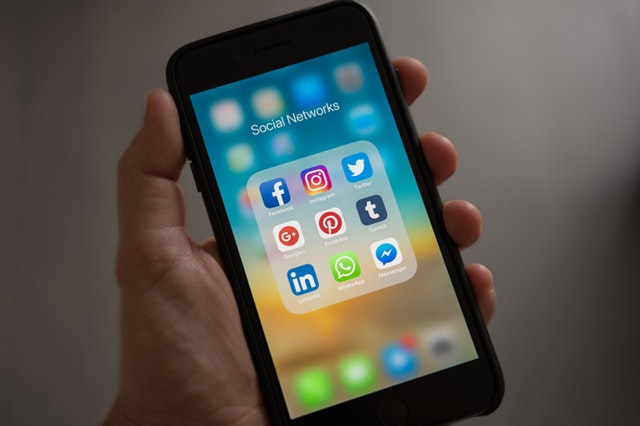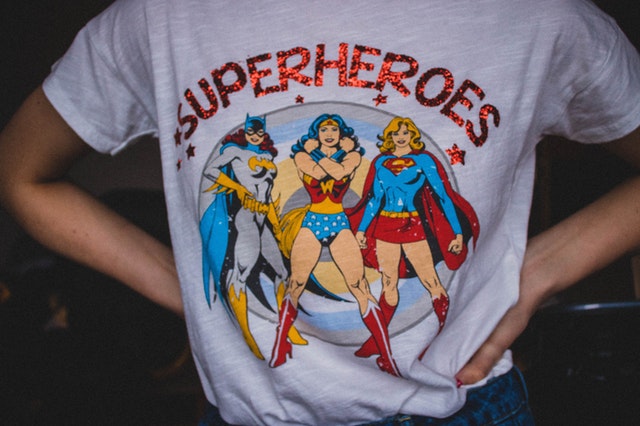
Marketers, we know you’re still (just a little) confused about how to harness all this great conversion, reach, and branding opportunity that exists within chatbots for marketing.
Yes. On the surface, you’re “in the know.”
You’ve test-drove major brand Facebook Messenger bots, and you get the general concept. But just how can it really work, for you, to support your marketing goals?
- What can marketers do, most effectively, with chatbot tech, now?
- What ways can you apply chatbots for marketing that are optimal?
- What are the most cost-effective and helpful uses for chatbots in 2018?
If you’re not sure about chatbots for business and wondering what is a chatbot, you can grab the guide here, to get you started. But, let’s look at the ways you can use a chatbot for your marketing business in more detail.
Here are six strategies you can jump on now, to position your organization for better conversion, cost-effective data gathering, increased engagement and better service in 2018.
1. Market Research: Use Messenger Bot Surveys for Cost-Effective, Faster Feedback
The American Marketing Association recently published a study by Michigan State University that showed a market research bot drew a higher response rate, provided a better experience and a faster and more accessible process than a traditional survey.
Including a bot in your market research process is strikingly beneficial for many reasons:
-The cost benefit of primary research. Instead of the painstaking process of gathering survey participants and the cost of third-party research expense and facilities, you can use a Messenger survey bot. Target an audience segment, and start gathering primary research with a bot built for your survey.
-Delivery. Again, data gathering is tedious business. This is a tool that will save you (and your organization) time to help speed-up the bring-to-market timeline.
-Once a respondent answers within messenger, you can use analytics to glean insights and data immediately. You can segment the data to show conversation counts with Facebook’s Analytics API (which works for Facebook pages and Facebook Messenger). But even better, you can integrate your own analytics platform into the bot to customize analytics metrics for your research.
How to Get Started:
Create a Messenger bot to determine:
- Customer purchasing preference-What channel does your customer want to interact on and is most likely to make a purchase on?
- Customer behavior-What do customers want from your product? On the whole, what are customers using it for?
- Decision stage process-What determines your returning customer’s decision to make a purchase? What is most important to them?
You can start with a Messenger survey bot for simple survey questions. But also be clear, that it’s too broad a stroke to assume bots will overtake market surveying. It takes professionals with nuance and adept interviewing skills and at times, face-to-face interviews, to lead more comprehensive studies.
2. Use Friendly Disruption
Yes, it’s true that disruption in new tech is welcomed while disruption in marketing, in some instances, isn’t. Certainly, spammy emails, or cold sales calls at dinnertime can be a nuisance. But with chatbots you can lead with “friendly disruption.”

The informality of the medium is more conducive for an outbound reach out. Not to mention, users open texts and messages at significantly higher rates than email.
How to Get Started:
Do customers want to receive sales updates, or notifications about new software, let’s say? These kinds of simple questions can build leads.
Or, start with your bot itself. Create a simple chatbot within Facebook Messenger to determine what your customers want from it.
Find out what your customers want from a chatbot, what they know about it, what they want from your site, or your product.
Make it easy and direct: What do you wish we knew about you as a customer? Then, of course, listen.
3. Create an Onsite Bot- A Conversational Website
Facebook Messenger bots are an answer for responsiveness. While chatbots for Facebook Messenger have grabbed the bigger piece of the spotlight, you can take the technology directly to a site, or any on-site format:
-Conversational landing page
-Conversational banner
-Conversational form
Banner ads, once the driver in online ads, were on the cusp of becoming dinosaurs when marketers found that retargeted banner ads had a higher brand search rate, at over 1000%, according to comScore. But a conversational banner is a novel approach that’s both interactive and targeted.
How to Get Started:
A conversational landing page is a new way of interacting with your visitors, and a way to more fluidly guide your visitor to take action. You already know that about 96% of new visitors to a site don’t make a purchase. But the more landing pages, the more leads (and time, energy and budget). A conversational page circumvents the need for traditional landing page campaigns.
Here’s why: Any visitor willing to proceed through one interaction with your page is a potential lead. Though, not all leads are equal and you can more easily qualify them within bot interactions to nurture the sales process and to determine a level of interest.
A bot-site can lead a visitor through multiple pain point solutions and hesitations within the sales process in a way a static landing page can’t.
Consider a car buyer’s journey. A potential buyer finds a certain model attractive and wants to know more about specs, build, availability and, of course pricing. A traditional page allows a visitor to first build a car, then get pricing. But then, the friction point occurs. It’s common to enter an email or phone number and await a call from a local dealer (where you’ll finally hear whether the model is available and set about nailing down the true price).
A conversational landing page, for an auto sale, can instead allow a visitor to engage in the way he wants to. A potential buyer can request a specific price and receive variations of what they can purchase within that range. She can get immediate access to location availability-and a conversational page can still offer additional recommendations to personalize the exchange. You can also partner with lenders within the process to help ease friction and enhance customer service and experience.
4. Harness Personalization: Facebook Messenger’s Platform is About to Make it Much Easier
As marketers, the majority of you who work in-house, at 94% of in-house marketers, say that on-site personalization is the crux to a brand’s success. And Facebook is extending its chat application to sites for better personalization and optimization.
How to Get Started:
We’ve been writing about the change in omnichannel marketing coming, largely due to chatbots. Facebook is demonstrating it. Instead of omnichannel strategy, chatbots effectively create a main highway with stops at each. You’ll now be able to deploy a chatbot on Messenger or onsite.
A visitor will have the same user experience with an onsite Messenger thread, and marketers will now have the same on-page analytics data to better personalize and follow-up with a visitor. Facebook has also created Messenger reviews, similar to page reviews, so businesses can now garner insight into a user’s messenger experience, in addition to time within the conversation and conversation lines.
You can replace your live chat icon with the Messenger icon, which is a simple way to unify your brand consistency in access and responsiveness. However, it’s not as simple to integrate.
While Facebook does provide a how-to manual for programming chatbots on Messenger, not just anyone can. Here’s where it does get technical in that creating a successful chatbot requires a different type of hybrid team, which brings us to our next strategy:
5. Effective Hiring: Chatbot Development Requires a Hybrid Team of Pros
You will find many companies that build. You’ll find companies that allow you to build. Finally, you can just sit down for a long, winter’s night and sort through Facebook’s how-to manual (while you cross reference it with helpful sites and videos). But it’s just not enough to get a great developer. Chatbots are a new medium for conversation that require a unique team with knowledge in multiple areas.

How to Get Started:
We’ve mentioned what to look for in chatbot companies in this previous post. But to dive a little deeper into it, solid development is only part of it–and a major part of how your chatbot functions and whether it will be successful in learning and responding.
But, you’ll also need a UX designer who has a sense for copywriting and a copywriter who has an understanding of UX, and character development. Finally, much like a great video or sound editor, team members must have a sense of right pacing and delivery timing within the conversation.
The takeaway is to take your time in planning and deploying a chatbot. What makes sense in the planning stages may feel stiff, forced, out of sync or off-brand upon execution.
6. Definitely, Promote Your Chatbot
We’ve got news for you, chatbots are all over the news, but they’re not all over Facebook or businesses sites right now–though businesses are heading in that direction. Don’t believe us? Search Facebook for a few of your favorite brands, and hop onto their Messaging app. Most won’t respond right away and most don’t have a chatbot.
How to Get Started:
This is a simple one for marketers. Start with targeted campaigns on social. Create promoted tweets, sponsored Linkedin content and boosted Facebook posts announcing a new way to get in touch or interact. The cool aspect about chatbots and ads is that they tend toward higher rates of clicks and conversions–and overall engagement. Perhaps it’s because they’re a novelty, but chatbot service is an easy value proposition to market considering it isn’t nearly as pervasive, yet, as the buzz might have you believe.
But, the best promotion is right on Facebook, where you can place an ad within Messenger. Facebook really wants you to, by the way, since their news feed has reached the apex of “ad load.” Users can either tap an ad in their news feed and start a conversation with your bot or you can reach users and extend to a new audience within Messenger where, similarly, your visitors can interact with your bot.
Have questions about these strategies? Follow nativeMsg on Facebook for tools and ideas to start using a conversational layer in your marketing strategy.
Free Trial
Get Started With RCS
Business Messaging!
Unlock the power of RCS and revolutionize your customer engagement.



